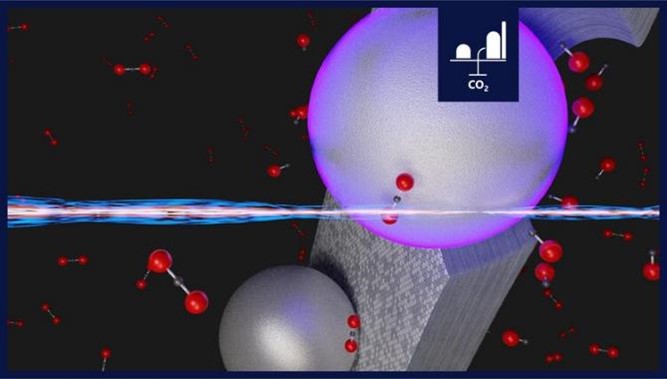PREVIOUS
CO2 to CO Conversion
November 11 , 2023
381 days
429
0
- Researchers demonstrated a room-temperature method that could significantly reduce carbon dioxide levels in fossil-fuel power plant exhaust.
- In this reaction, solid carbon latches onto one of the oxygen atoms in carbon dioxide gas, reducing it to carbon monoxide.
- The conversion normally requires significant amounts of energy in the form of high heat — a temperature of at least 700 degrees Celsius.
- Instead of heat, the team relied on the energy harvested from traveling waves of electrons, known as localized surface plasmons (LSPs), which surf on individual aluminium nanoparticles.

Leave a Reply
Your Comment is awaiting moderation.


